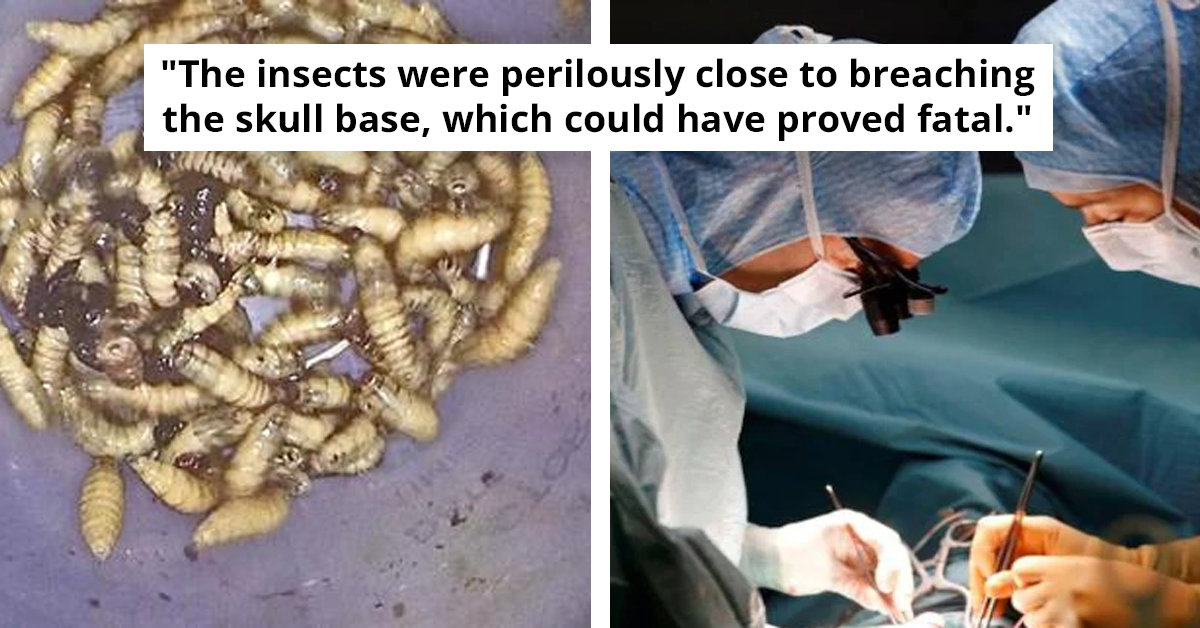The Dark Side Of The Web: How The 'Most Disturbing Website On The Internet' Can Find Every Picture Of You

When you think you know enough about birds and boom...

Birds who eat insects regularly rub insects, mostly ants, on their feathers and skin as a form of maintenance. Insects secrete compounds like formic acid, which has anti-insect, anti-mite, anti-fungal, and anti-bacterial properties.
Ants could also add more preen oil from the bird or make the insects edible by neutralizing the unpleasant acid. The number of bird species known to ant is over 200.
Although anting is most frequently done on the ground, some species of birds also ant on tree branches. Birds only rub a feather with an ant once and only use one at a time.
An ant may, on occasion, be used more than once, but never more than three times. Active anting is often mistaken for routine feather care because it occurs so quickly.
The duration of this kind of anting can range from a few minutes to half an hour. Whether acting alone or in small groups, the majority of bird species engage in active anting.
Additionally, during active anting, birds may use substitutes. Snails, grasshoppers, amphipods, and even larvae have all been observed being used by birds.
A bird will passively attract ants by rubbing its tail and wings against an anthill. When a bird locates an anthill, it spreads both of its wings forward simultaneously.
It will then sit on its tails, drawing ants to it.
 u/chicametipo
u/chicametipo Wikipedia
WikipediaOnce the ants are on the wing feathers, they are provoked by rubbing their heads or beaks through the feathers where the ants are. A bird will quickly shake its head to deter ants from crawling onto its head or beak.
The birds permit the ants to freely scurry about their feathers. This anting type is less common and is majority seen among robins and ravens.
Here are what Redditors had to say:
 Reddit
Reddit Reddit
Reddit Reddit
Reddit Reddit
Reddit Reddit
Reddit Reddit
Reddit Reddit
Reddit Reddit
Reddit Reddit
Reddit Reddit
RedditThe explanation for anting in songbirds is that it helps them get rid of ectoparasites. According to this theory, birds use chemical secretions to manage and get rid of parasites in their feathers.
If their numbers increase, microorganisms like bacteria and fungi can devastate a bird's feathers. Tell us what you think about this in the comments below.





